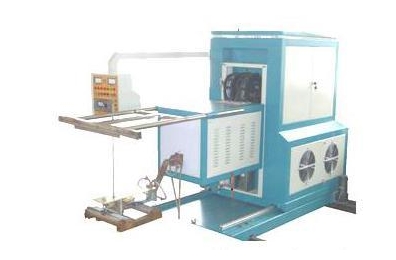- 23
- Dec
Tooth quenching range of high frequency heating equipment
Tooth quenching range of yuqori chastotali isitish uskunalari
Heat treatment service conditions and performance requirements of ball screws: The screw is a key transmission part on various machine tools. It is a transmission and positioning functional component that converts rotary motion into linear motion or turns linear motion into rotary motion. There are two main categories of machine tool screws: trapezoidal screws and ball screws. Among them, the ball screw has high transmission efficiency, sensitive action, uniform and stable feed, no creep at low speed, high positioning accuracy and repeatability, and long service life. It is widely used in CNC machine tools and machining centers.
The ball screw is often subjected to bending, torsion, fatigue, and impact when working, and at the same time bears friction at the sliding and rotating parts. The main forms of damage to the ball screw are wear and fatigue. Therefore, its performance requirements are that the whole must have good comprehensive mechanical properties (that is, a certain combination of strength and toughness) and high dimensional stability, and the relevant working parts (raceway, shaft diameter) must have high hardness, high strength and sufficient The abrasion resistance.
Quenching process description of ball screw thread:
First put the workpiece into the inductor (coil), when a certain frequency of alternating current is passed through the inductor, an alternating magnetic field will be generated around it. The electromagnetic induction of the alternating magnetic field produces a closed induced current in the workpiece ─ eddy current. The distribution of the induced current on the cross-section of the workpiece is very uneven, and the current density on the surface of the workpiece is very high and gradually decreases inward. This phenomenon is called the skin effect. The electric energy of the high-density current on the surface of the workpiece is converted into heat energy, so that the temperature of the surface is increased, that is, surface heating is realized. The higher the current frequency, the greater the current density difference between the surface and the interior of the workpiece, and the thinner the heating layer. After the temperature of the heating layer exceeds the critical point temperature of the steel, it is rapidly cooled to achieve surface quenching and heat treatment processes.

